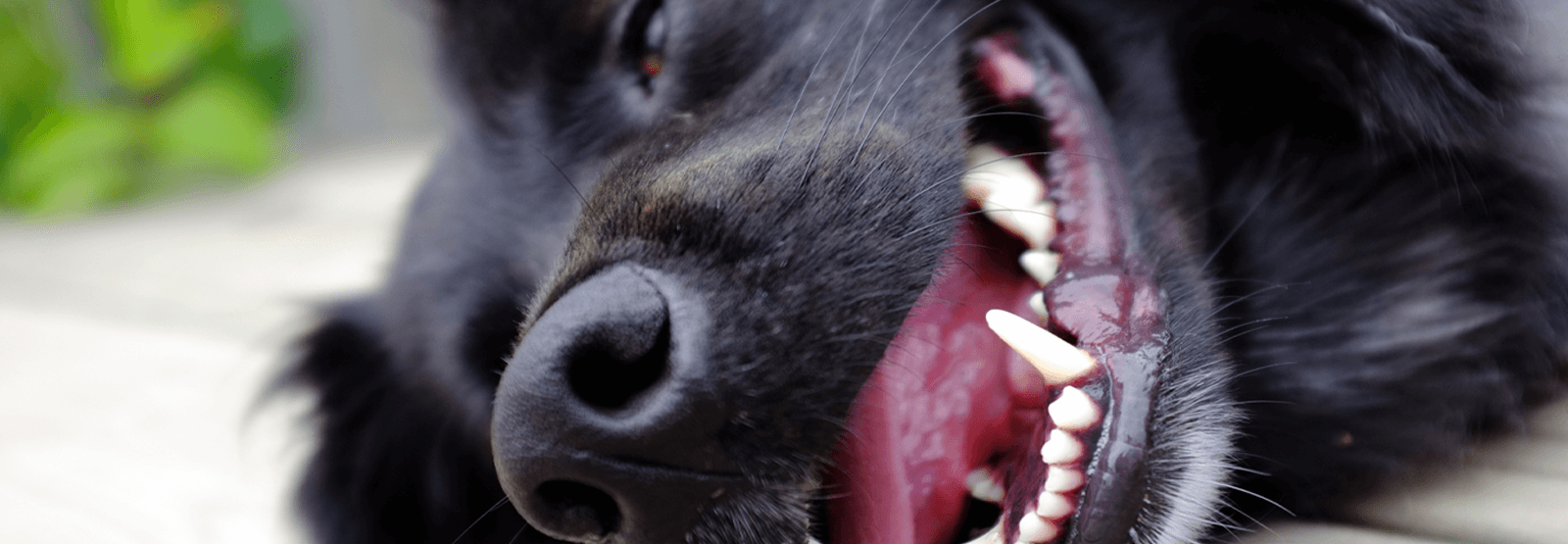PREVENT HEAT STRESS IN YOUR DOG!
WITH THE DRY® COOLING VEST!

WITH THE DRY® COOLING VEST!
The temperatures are rising rapidly. A lot of people enjoy this warmer period, but for many dogs and their owners, this can be a challenging period. Dogs can’t sweat with sweat glands, as we humans can. Where humans can take off a jacket, a dog’s coat remains warm. Your dog’s body temperature can easily rise, and he can easily develop heat stress. That is why we developed the DRY® Cooling Vest: a cooling vest to keep your dog cool and to prevent heat stress.
Dogs don’t sweat the way we do. We have sweat glands all over our body. Dogs have sweat glands in their paw pads, but sweating plays only a small role for them. Panting is the most important cooling mechanism for dogs, but they have fewer cooling options than we have. That is why dogs have an increased risk of developing heat stress. This can be extremely dangerous, and this could even be fatal.
Most people know that you should never leave your dog alone in a car, since he can easily develop heat stress. However, you should be aware that your dog is also at risk of developing heat stress outside the car. Especially during Spring and Summer, dogs can experience heat-related problems. Moreover, there are various breeds which have difficulties dealing with the heat.
To help dogs and their owners, we have developed the DRY® Cooling Vest: a comfortable and easy to refill cooling vest. Simply fill the vest with water and it will cool up to 3 days. Without the use of chemicals or gels. The vest is ready within minutes and refillable up to 800 times.
Thanks to the DRY® Cooling Vest dogs and owners are not limited to one spot, in contrast to a cooling mat. The vest remains 100% dry, will not feel wet or start to smell. Thanks to the patented system, the amount of cooling is adaptive based on the ambient air temperature, making undercooling very unlikely. Perfect for warmer weather!
We advise to always supervise your dog with warmer temperatures. When in doubt of heat stress in your dog, always consult your veterinarian immediately.
